Tom Shapira | March 5, 2025
 Version 1.0.0
Version 1.0.0The Power Broker: Robert Moses and the Fall of New York is great. This is a truth universally acknowledged and utterly bizarre. A thousand plus pages on what is, in a first glance, a minor functionary in New York City, is probably the greatest American biography ever written. Better than the works of Doris Karns Goodwin, Sarah Vowell, David McCullough, Ron Chernow, Leo Damrosch… I could go on (I probably shouldn’t). It is testimony to its strength as a narrative that half a century after the publication, forty years after its main subject is dead, The Power Broker it is still being read, being talked about (a popular podcast dedicated a whole series to it just last year), being judged and reevaluated.
Reading and re-reading through it the faults are obvious: Robert A. Caro has a thesis, that the life of Robert Moses is defined through the use of political power, and thus everything that occurs through this life must be explained through these lenses only. Likewise, while over-admiring the subject of one’s writing leads to terrible results , disliking them from the get-go isn’t a recipe for success either. As one reads through The Power Broker it becomes obvious that when a negative interpretation of any choice made by Moses can be taken, Caro will take it.
And yet, ironically, Caro is a bit like Moses: the scale of achievement is so great, the scope of the enquiry, the amount of research, the quality of prose. I could critique it for as long as I live and it probably wouldn’t make a dent in its reputation. To quote a different undeniable project with its own set of issues: “It bounced back and fourth in my head until I realized I couldn’t judge it. It was too big. He was too big…”
 Batman: The Dark Knight Returns.
Batman: The Dark Knight Returns.Speaking of Superman and Batman … Robert Moses really was too big, almost like one of these comic book icons (Moses mentioned that he didn’t seem to age as other man did, staying in amazing shape into his sixties and remaining a commending presence in his seventies); he also didn’t let minor stuff like the limitations of the law stand in the way of doing what he thought to be right. He had his own cool sobriquet – Superman was “the Man of Steel,” Batman was “The Dark Knight” and Robert Moses was “The Master Builder." Like a comic book superhero he was the protagonist of his own reality. Some people were antagonists, but most were just drawn extras in the background.
Don’t just take my word for it, he was actually made into a comics figure, in the perfectly-decent-but-nothing-more Robert Moses: Master Builder of New York City by Pierre Christin and Olivier Balez (Nobrow Press, 2014). It had the advantage of graphical representation (important for a work dealing with construction and geography) and even made the superhero comparison explicit in its narration: “Like Batman doing good (and bad) in Gotham City from his secret manor … Robert Moses reshapes the city and its surrounding from his equally protected lair in Cony Island by the river …” Still, compared to Caro’s massive tome it is a slight work. Might as well call it Classics Illustrated: The Power Broker.
 Robert Moses
Robert Moses---
 "Lewis Solomon"
"Lewis Solomon"Here we are, over 600 words into this review and I haven’t discussed the main text at all. Not my fault. Blacksad: They All Fall Down, the second part of which was published in late 2024 by Dark Horse (Part 1 was released a bit over two years ago), doesn’t just ask for the comparison – it begs for it, crawls to it on four legs, lapping from Caro’s endless fountain of words.
A noir pastiche taking place in a world of taking animals, the series has proved extremely popular, at least judging by the amount of people I know who usually don’t care about most European comics but still make sure to pre-order each volume. This would be the fifth collection from Dark Horse (the first one collected three albums; Dark Horse must’ve kicked themselves in the head over lost sales because the rest came out in a typical album format) and the first time the series had a two parter.
 Blacksad: They All Fall Down, Part 2
Blacksad: They All Fall Down, Part 2The story mostly concerns corruption and murder being commanded from above by Lewis Solomon, who is actually called “master builder” in case the readers miss who the authors are talking about. He’s vain and rich and his main obsession is leaving a footprint (Featherprint? Clawprint?) on the map of New York, in the form of a really large bridge (Robert Moses loved his bridges). Solomon is in the heart of this story but the character doesn’t have a heart, doesn’t have anything really. The tragic grandeur, the would-be-savior of the civic service transformed by power lust of Moses is replaced by another corrupt businessman. No different than Statoc from Somewhere Within the Shadows (the first Blacksad volume).
You would think that with two volumes in their command Canales and Guarnido would use the extra space to give their characters some extra depth, instead everyone is cut from the same set of clichés. This would’ve been fine, or at least inoffensive, by itself. A light entertainment, read and forgotten. The creators don’t want to be forgotten though. They All Fall Down is very self-serious as it engages, or vaguely hints at, the larger themes cribbed from the work of Caro; they made the comparison themselves, and indeed – they all fall down.
 Blacksad: They All Fall Down, Part 2
Blacksad: They All Fall Down, Part 2Not that the volume is completely charmless. I still enjoy Guarnido’s artwork, even if the appeal of it wanes with time. The more animalistic his characters are the better they look, the closer he goes to full humans with some animalistic attributes (you wouldn’t be surprised to learn it's mostly women drawn in such a manner) the duller the strip becomes. Of all the major characters, Weekly, the small weasel sidekick, is the best realized, his body language is more expressive, his cartoonish features allowing for a greater range of emotion. If something sticks out, artistically, in They All Fall Down, it’s the backgrounds. The bursting clouds when visiting the beach, the disorienting scenery in the high-rise climax and, of course, the building itself. Caro might have not approved, but Moses probably would. The city looks great.
 Blacksad: They All Fall Down, Part 2. Note the different way the man and woman are illustrated.
Blacksad: They All Fall Down, Part 2. Note the different way the man and woman are illustrated.But all this pretty art ends up in the service of a rather thin story (as thin the ladies who keep throwing themselves at the protagonist for no reason); this series treats noir the same way most superhero comics today treat their stories – a set of agreed upon conventions. You gotta have the tough private dick, you gotta have the friend on the force, you gotta have a body, you gotta have a revelation. They All Fall Down has all of these. And just like having some superhero punch at the reader doesn’t make you Kirby, having some guy in a coat narrate doesn’t make you into James M. Cain.
I enjoyed the previous volumes of Blacksad, and I actually kind of enjoyed this one as well. I only wish it could dream bigger than taking the covers from some old paperbacks and drawing cat ears over the heads of the heroes.






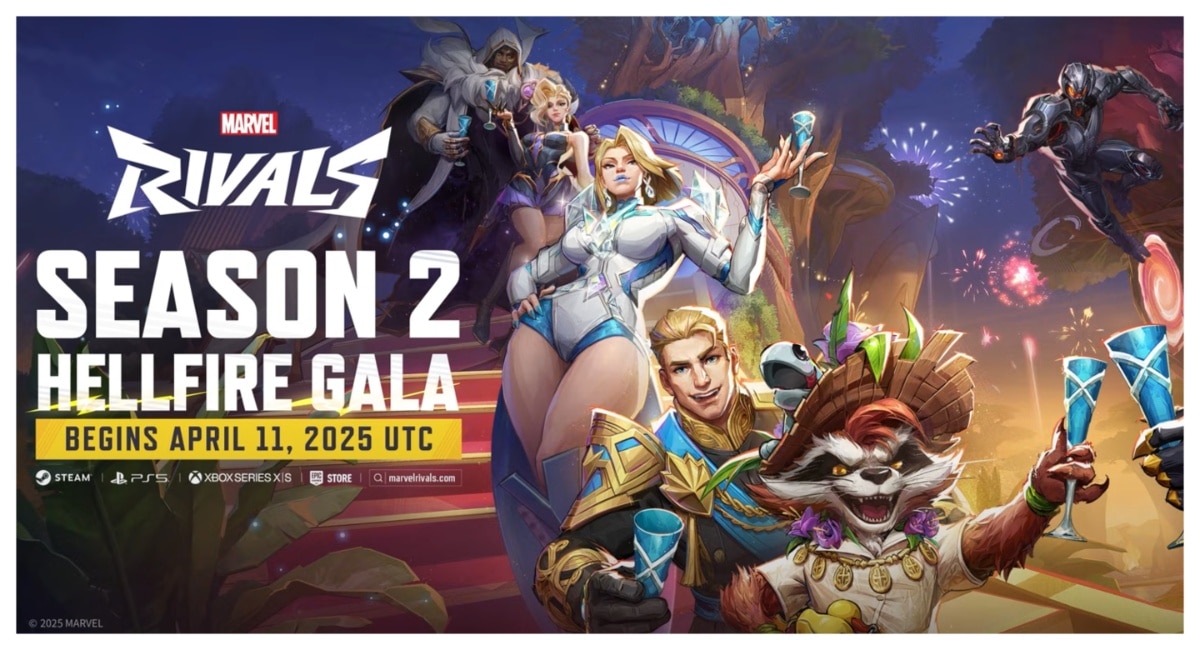


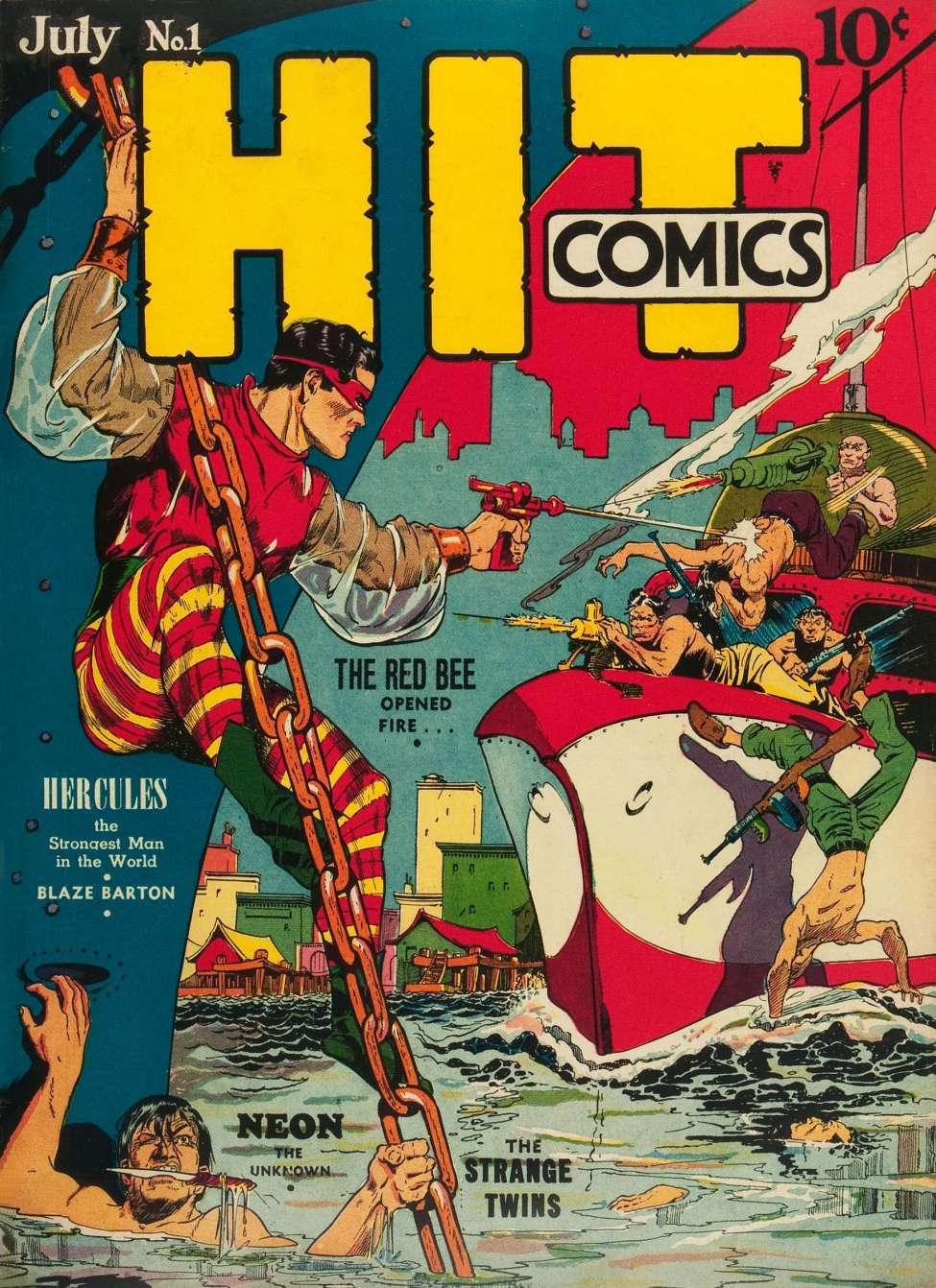

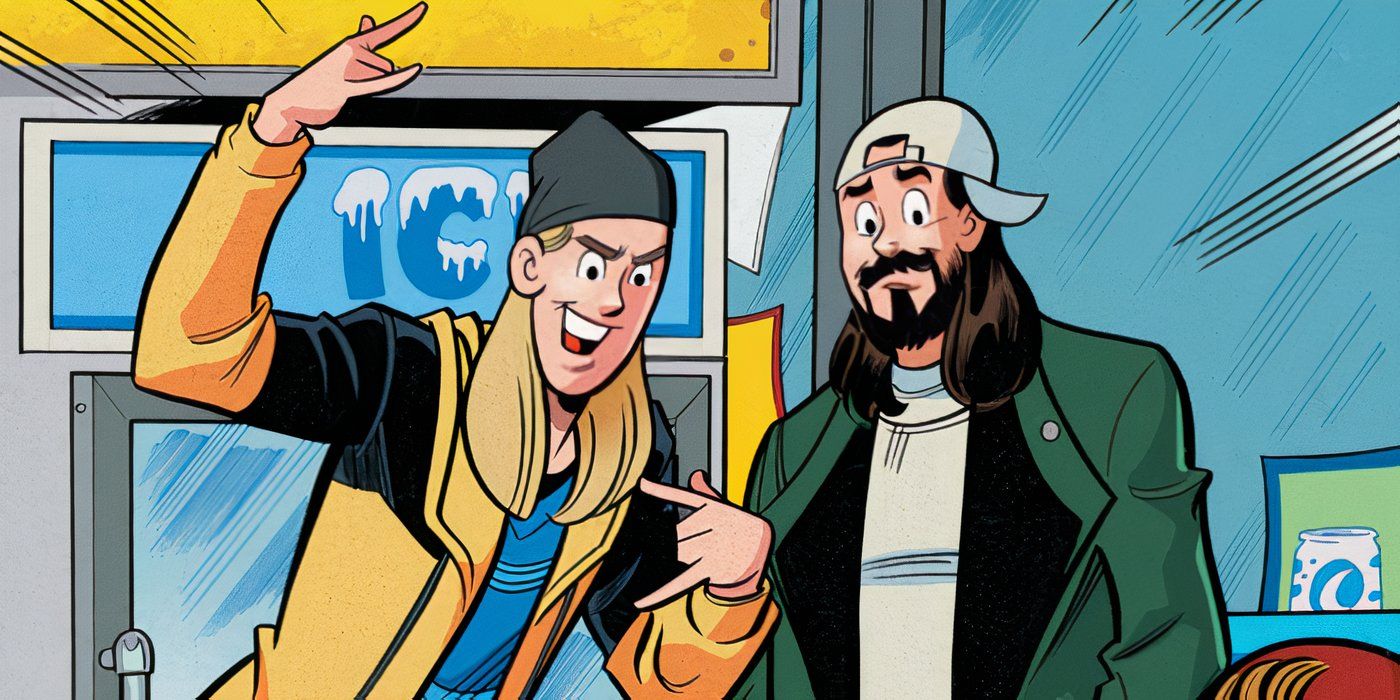


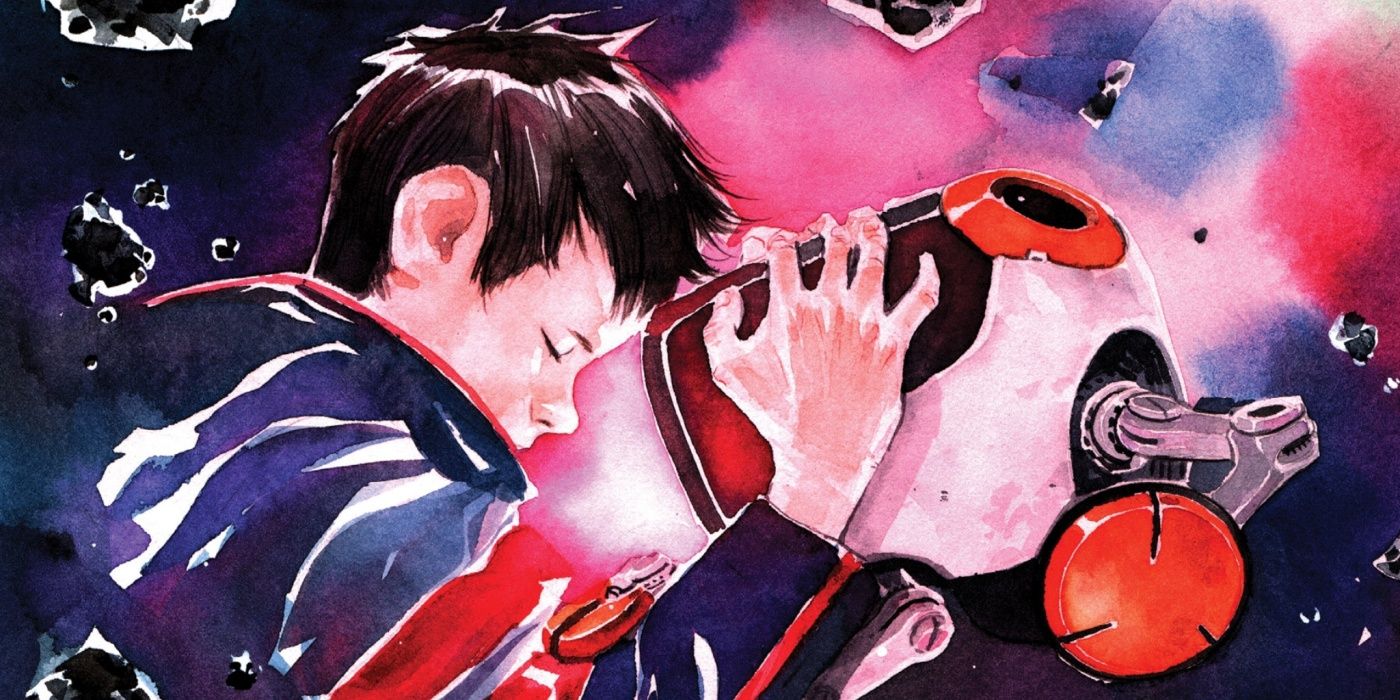

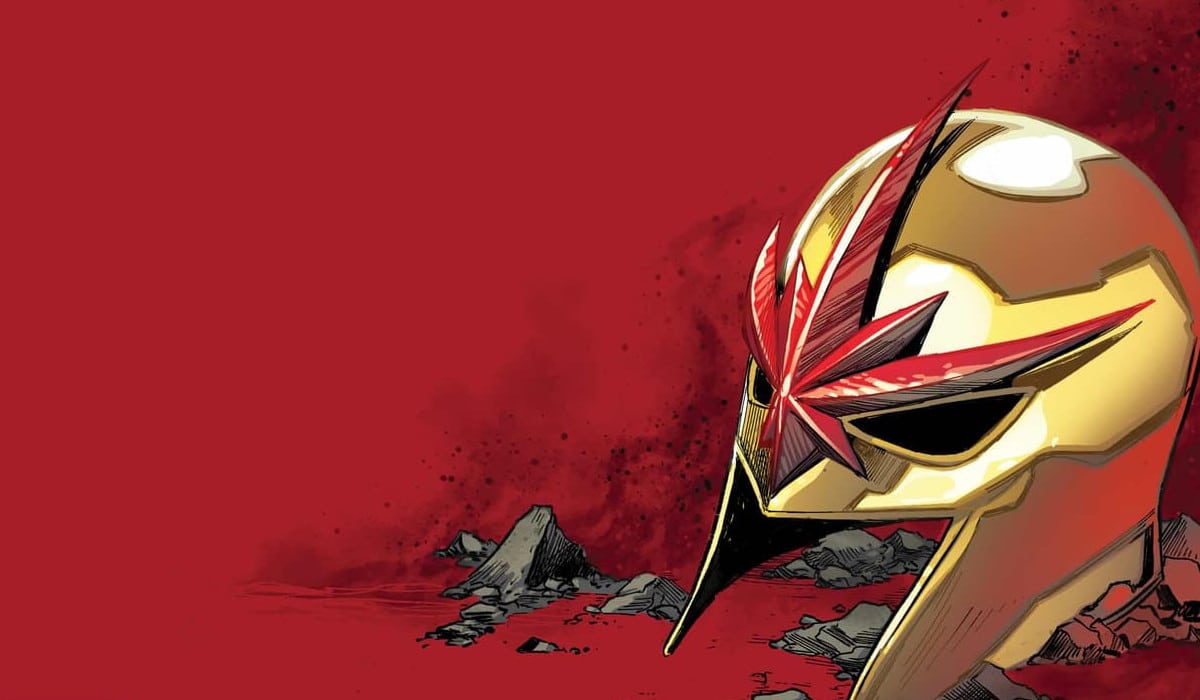
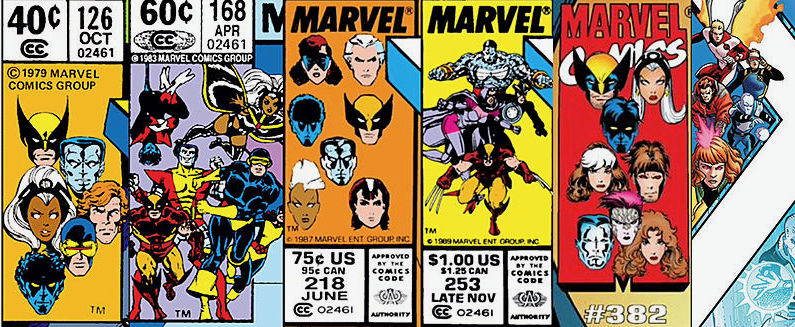


 English (US) ·
English (US) ·